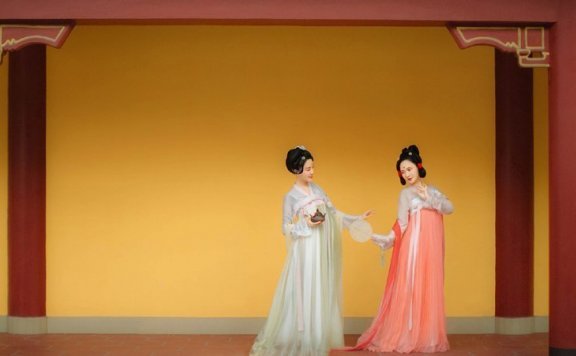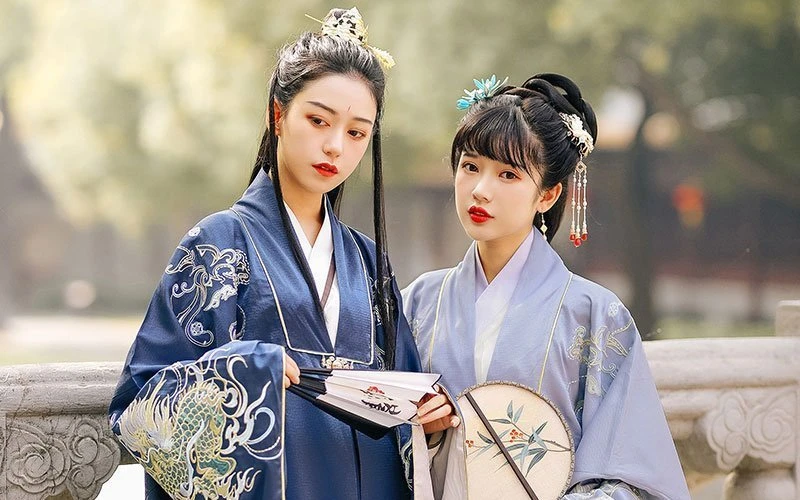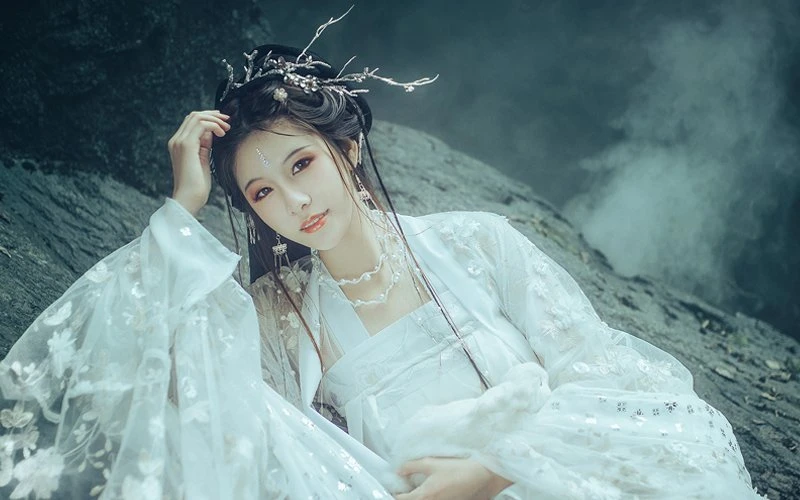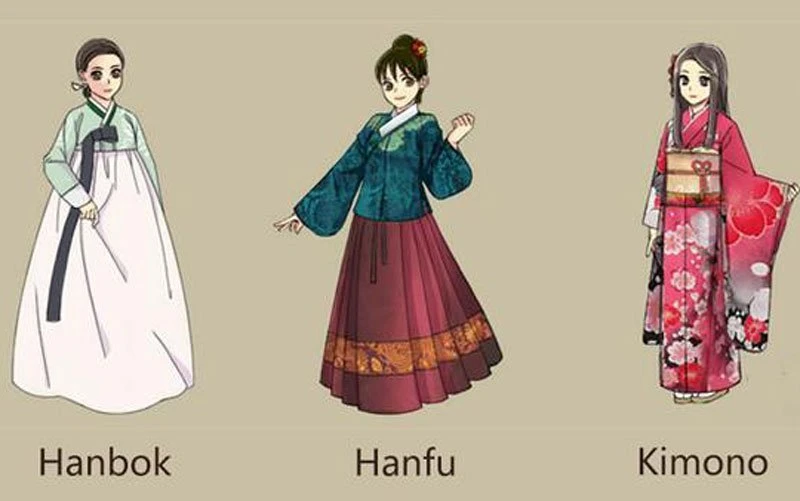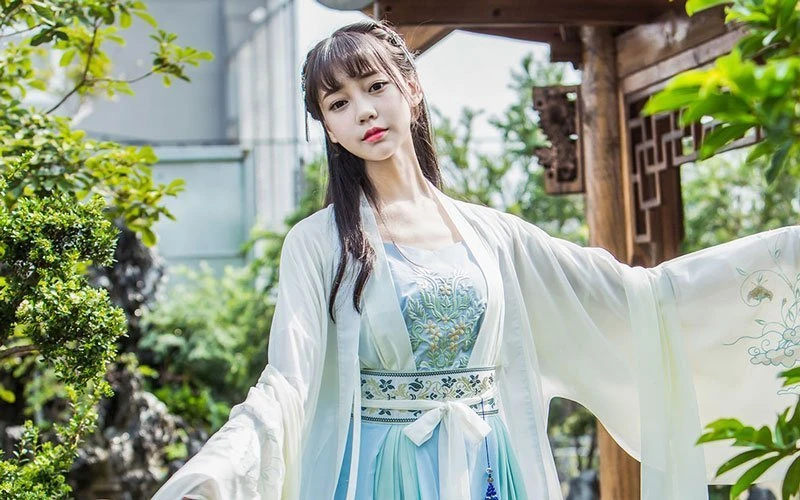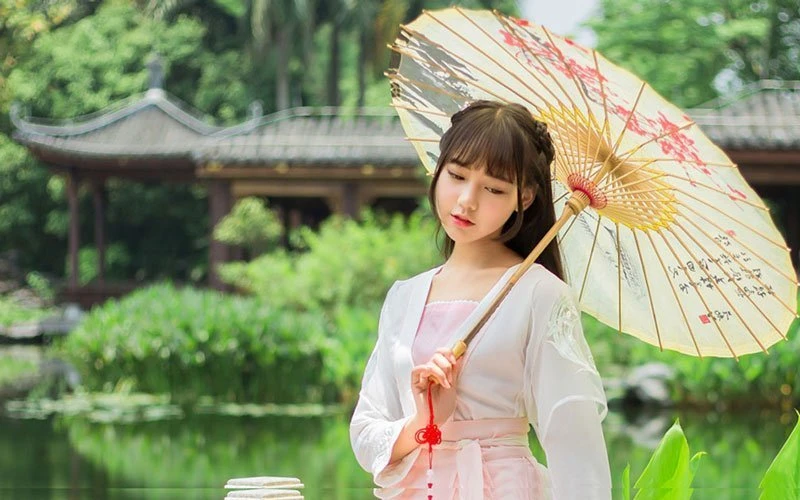Article
Search results for the keyword [ming]:
-
What is a Hanfu Clothing? - Traditional Chinese Costume
In recent years, traveling to China has become more and more popular around the world. Many people come to enjoy the unique life of China, taste delicious food, visit beautiful scenery, and experience Chinese traditional culture. But you may find out it is rare to see people wearing traditional Chinese costumes in their daily lives. It seems like traditional clothing has been forgotten by them. So, you might have a question, what is Chinese traditional dress, Cheongsam, Qipao, or Kimono? Hanfu – The Traditional Costume of China Each country's traditional costumes are one of the symbols that reflect countries' ancient cultures and how native citizens were influenced by the regional environment. China has a long history of more than 5,000 years. Undoubtedly, Hanfu, as the most typical traditional costume of China, is a very important part of Chinese national culture. But compared with other traditional cultures, such as Chinese painting and calligraphy, Hanfu is not getting proper status and glory in the Chinese Culture Circle. Though with its disappearance in some ears, Hanfu still remains its typical features today due to its strong vitality. The clothing of Buddhism, Taoism, and many minority nationalities in China still maintains the characteristics… -
How to Made a Hanfu
In modern times, there are many ways to cut clothes, forming different costumes, such as short sleeves, skirts, pants. Hanfu also has several different cutting methods. The following is an introduction to everyone. Yishangzhi(衣裳制, yī cháng zhì) In ancient China: Yi(衣) is an upper outer garment, Chang(裳) is an underskirt (clothing worn in the lower body). Yishangzhi is due to the ancient people’s worship of the heavens and the earth. It is the most basic and most orthodox form of ancient Chinese clothing. It originated in the Yellow Emperor era and has been passed down for thousands of years in ancient Chinese society. Lianshangzhi (连裳制, lián cháng zhì) Lianshangzhi is also known as "Shenyizhi(深衣制)", in order to adhere to the clothing system that is separated from the top and bottom, specially divided and then integrated into one. Lianshangzhi is originated from the early Qin Dynasty. Although it is a long coat, however, when cutting, the top is separated from the lower skirt, and then stitched together to express respect for the traditional concept. Tongcaizhi (通裁制,tōng cái zhì) Due to the inconvenience of movement in frequent social activities, the style of Hanfu men has evolved from Yichangzhi to Shenyizhi, it’s… -
The Difference Between Male and Female Ruqun Hanfu
The previous article's introduction focuses on women's Ruqun, and then we introduce men's Ruqun. The men's Ruqun is a male dress, composed of a top blouse and a lower dress, and the upper jaw is mostly handed over(Jiaoling). Compared with the women's skirts, the men's skirt style and pattern are plainer. "Zhou Yi(周易)" said that “Yellow Emperor, Yao, Shun is wearing clothes and the world is ruled”, which shows that in the Yellow Emperor's era, the tops of the blouses were the styles of the ancient Chinese people. This is the prototype of the Ruqun (a top blouse and a lower dress)of the next generation, costumes of the blouses, and other costumes. Although its specific shape still needs further research, but the suit of a top blouse and a lower skirt lays the foundation of Hanfu. Until the appearance of Zhiju, Quju, and so on, the number of people wearing Ruqun(Ru dress) has been reduced, but the official high-standard men's dress was still the Ruqun system(a top blouse and a lower dress), which continued until the Ming Dynasty. The traditional dress of Hanfu is an enclosed skirt, which is made up of several pieces of skirts and is connected to… -
4 Tips You Should Know about Ruqun
The Ruqun(襦裙) is one of the earliest and most basic forms of clothing in the history of Han costumes. From the Warring States period with physical evidence, at the end of the Ming and Qing Dynasties with the "shaving and easy clothing". Is the most basic form of traditional Han costumes. In the meantime, more than 2,000 years, although the length and width have changed, the basic form has always maintained the original style. The Ruqun(襦裙) consists of the lower dress and the upper jaw (is short coat) and is generally called the Changfu (常服, uniform). According to the collar type, the Ruqun can be divided into: "Jiaoling Ruqun (交领襦裙, cross collar Ruqun)" "Zhiling Ruqun (直领襦裙, straight collar Ruqun)" According to the waist position of the dress, can be divided into: "Zhongyao Ruqun (中腰襦裙, a middle waist Ruqun)" "Gaoyao Ruqun (高腰襦裙, a high waist Ruqun)" "Qixiong Ruqun (齐胸襦裙, a chest Ruqun)" the Jiaoling Ruqun: the cross-collar dress is quite common in the Song Dynasty, it is characterized by the captain for the cross-collar.Can be subdivided into three: Jiaoling-Qiyao Ruqun(交领-齐腰襦裙,cross-collar Qi waist Ruqun): Qiyao Ruqun: dress's waist and waist are flush. Jiaoling-Gaoyao Ruqun (交领-高腰襦裙,cross-collar high waist Ruqun): Gaoyao Ruqun: The line… -
The Difference between Hanfu Kimono and Hanbok
Many friends who have just contacted Hanfu will find that Kimono and Hanbok (Korean clothes) are similar to Hanfu in many ways. This article takes you to know the differences between Hanfu, Kimono, and Hanbok. Hanfu vs Kimono During the Nara period in Japan, the period of China's prosperous Tang Dynasty, Japan sent a large number of sent envoys to China to study culture, art, and law systems, including the clothing system. In the early days, the kimono was a replica of the Tang suit. At that time, they also imitated the Tang system and issued a "clothing order". So far, Japan still refers to the kimono as "Wu suit", which means clothes from Wudi (now Jiangsu and Zhejiang) in China. Although the kimono came from the development of Hanfu, it has developed its own national characteristics after a long period of history. Waistband: Hanfu: Hanfu usually has a narrow waistband; Kimono: there is no tie on the kimono placket, and the waist is wide with a fabric. Neckline: Hanfu: Hanfu neckline clothing is close to the back of the head; Kimono: In the kimono, the neckline of an ordinary woman's neck wrapped her neck tightly, and the geisha… -
What is the Basis of a Set of Hanfu
The Evolution of Hanfu Hanfu, the Chinese costume, the traditional Chinese clothing system, also known as Chinese clothing, can not be confused with "Tang suit" and "kimono". Its origins can be traced back to “Xuanyuan, Huangdi is wearing clothes and the world is ruled” from the Yanhuang(炎黄) era, and the world ruled until the end of the Ming Dynasty (mid-17th century). Based on the national culture of the Han nationality (and the predecessor of the Han nationality the Huaxia nationality), a clothing system with national characteristics was formed in the process of natural cultural development and ethnic integration. The Composition of a Complete Set of Hanfu Hanfu, the Chinese costume, is divided into a formal dress and negligee. From the style of composition, mainly divided into: "Yishang(衣裳) system": (The clothes worn in the upper body and the skirt worn in the lower body are separate,), "Yishangsystem" is the earliest uniform in Hua Xia nation. "Shenyi(深衣) system": (The clothes worn in the upper body and the skirts worn in the lower body are stitched together.). "Ruqun(襦裙) system" (Ru mean short top). "Tongcai(通裁) system" (Long shirt, cloak. Tongcai means that connected without a seam, and 'ShenYi' is sewed together after cutting). Among these… -
The Origin and Current Situation of Hanfu
Any good things are tempered, and Hanfu is the same. Hanfu has a history of thousands of years, but in the past three hundred years. Hanfu has experienced many setbacks. What is Hanfu Hanfu, the "traditional costume of the Han nationality", is also known as "Chinese clothing crown", "Huafu", "Chinese costume" and so on. It was from the"Xuanyuan, Huangdi is wearing clothes and the world is ruled", until the Ming Dynasty demise. Han nationality with the Huaxia nationality as its predecessor, according to "Zhou Li", respecting "the law of heaven and earth, the unity of nature and man, the doctrine of the mean" and so on, with the "Huaxia-Han" culture as the background and leading ideology. Focusing on the Chinese ceremonial culture, a set of unique Han nationality styles formed in extensive historical practice, clearly different from other ethnic groups' traditional clothing and apparel system. It contains wedding dresses, formal dress, sacred clothes, mourning clothes, uniforms, and other clothing that can adapt to various occasions. Hanfu is the embodiment of China's "state of etiquette" and "splendor China", it carries the outstanding craftsmanship and aesthetics of the Han people's dyeing and weaving embroidery, inherited more than 30 Chinese intangible cultural heritage…
